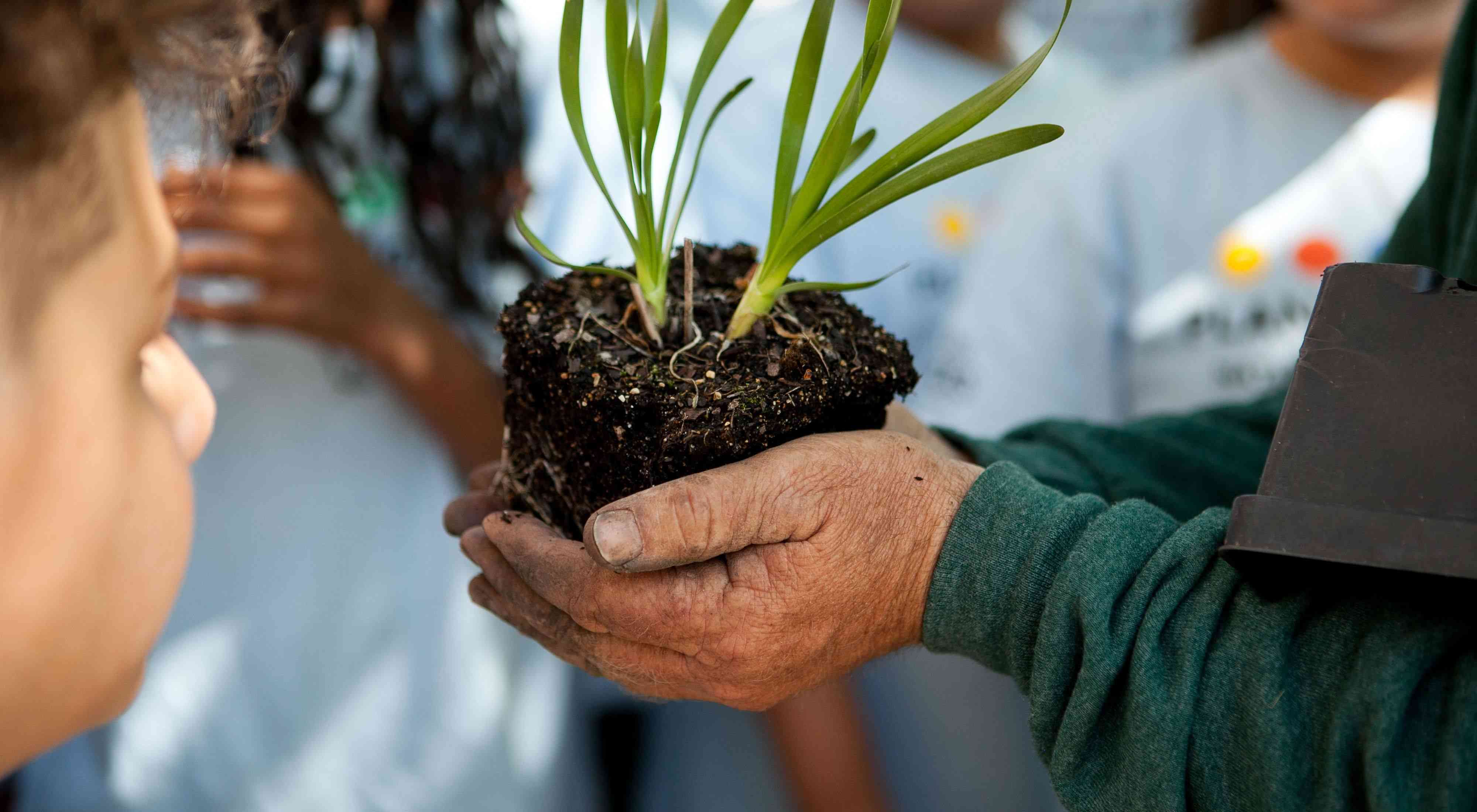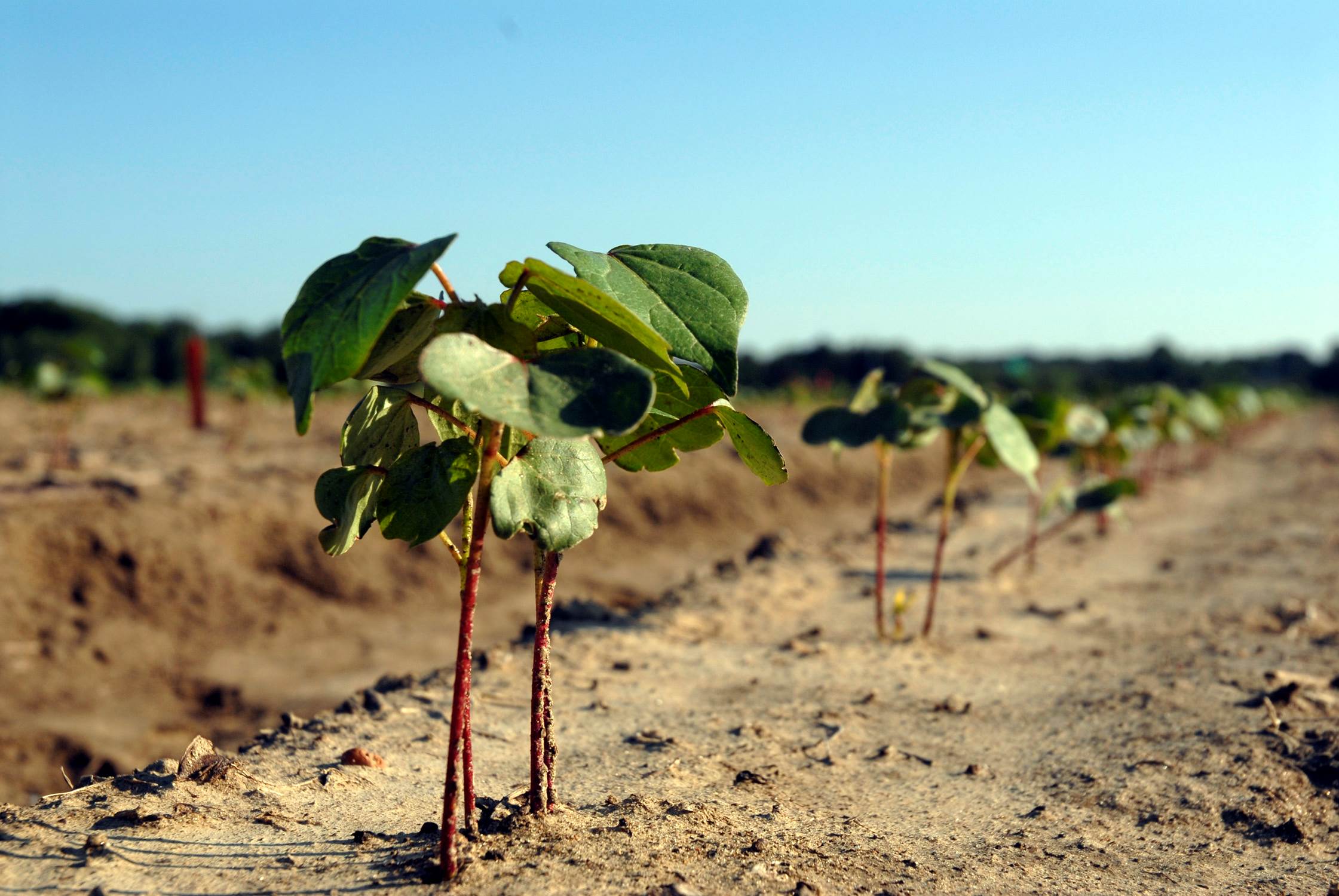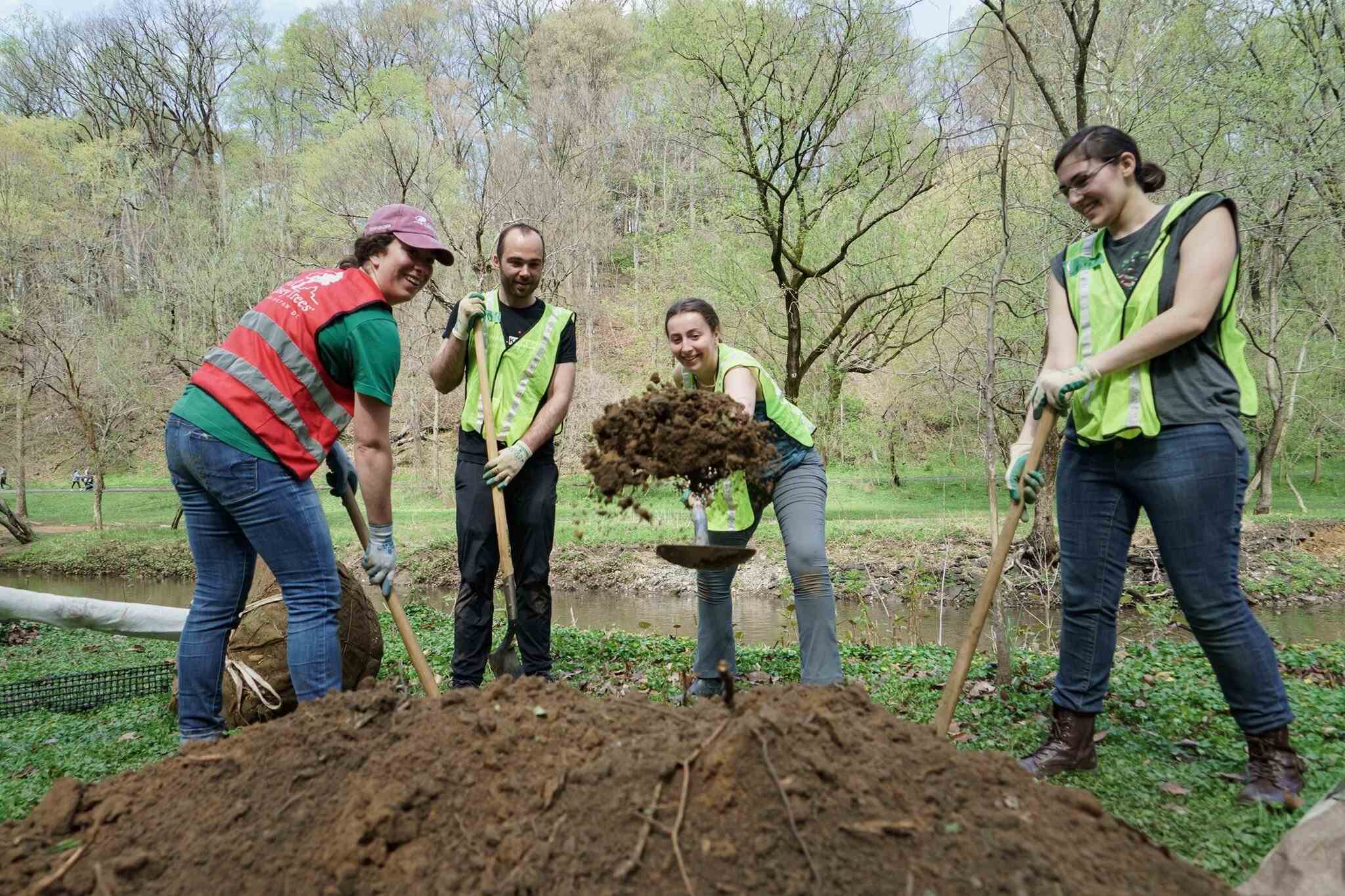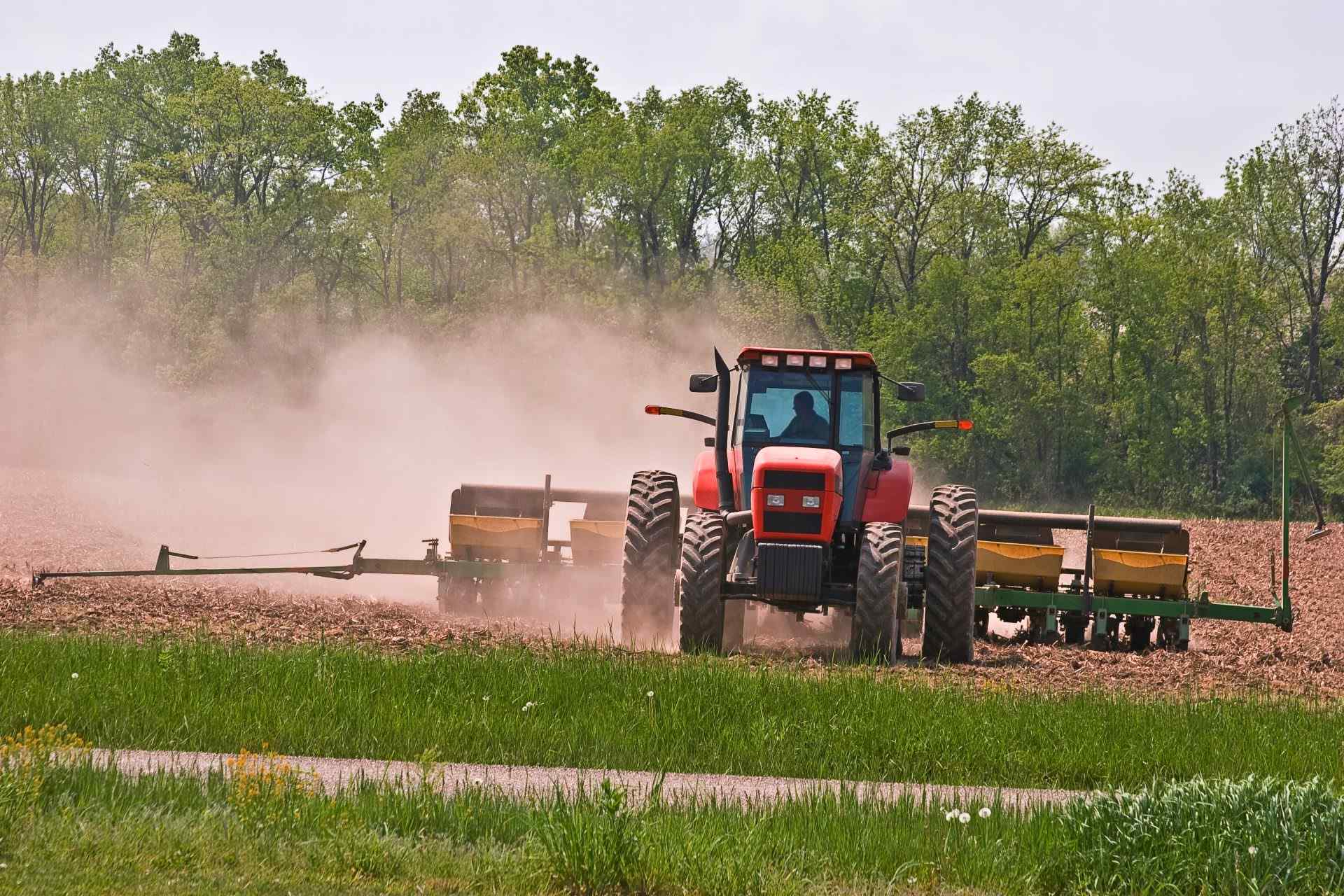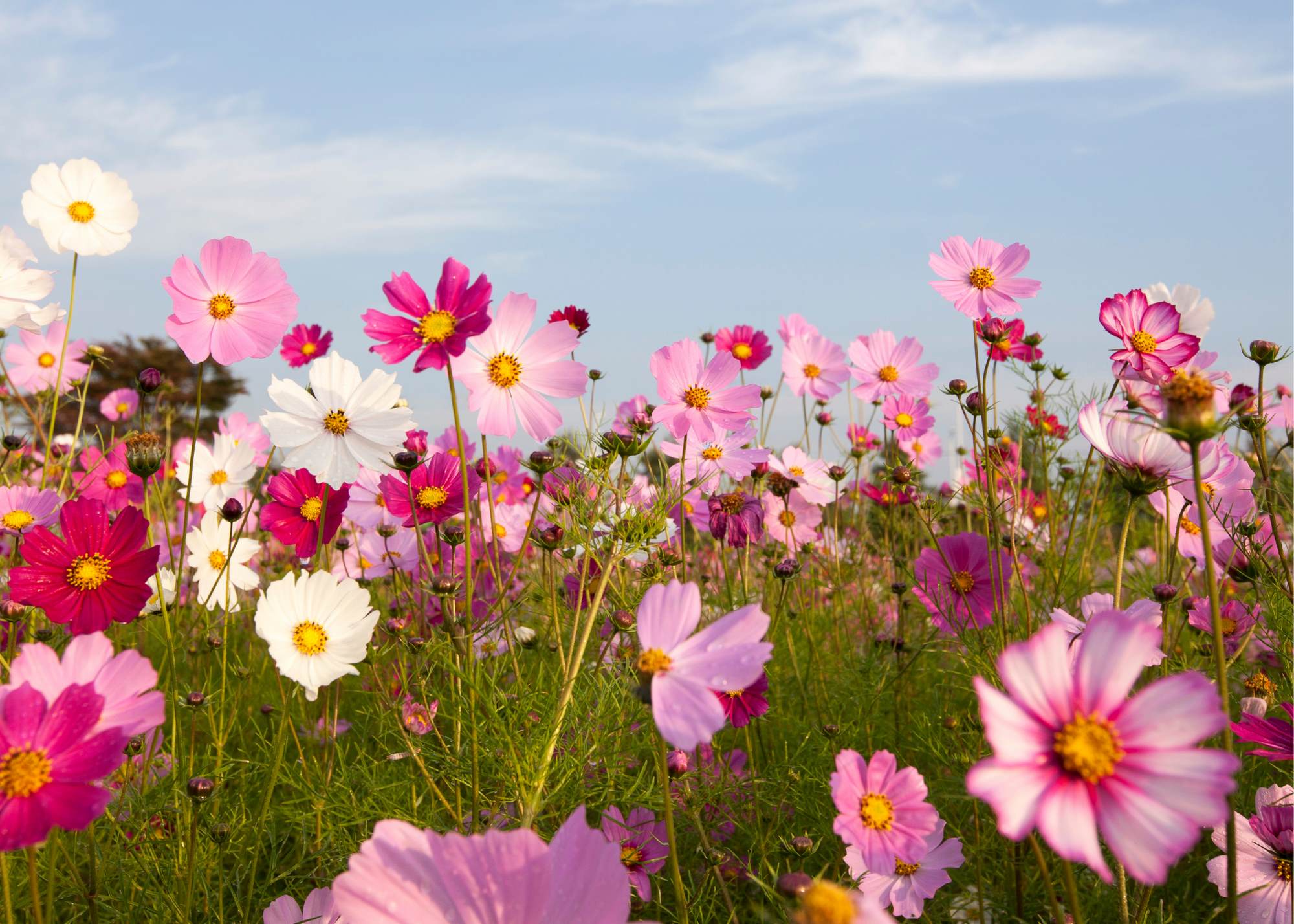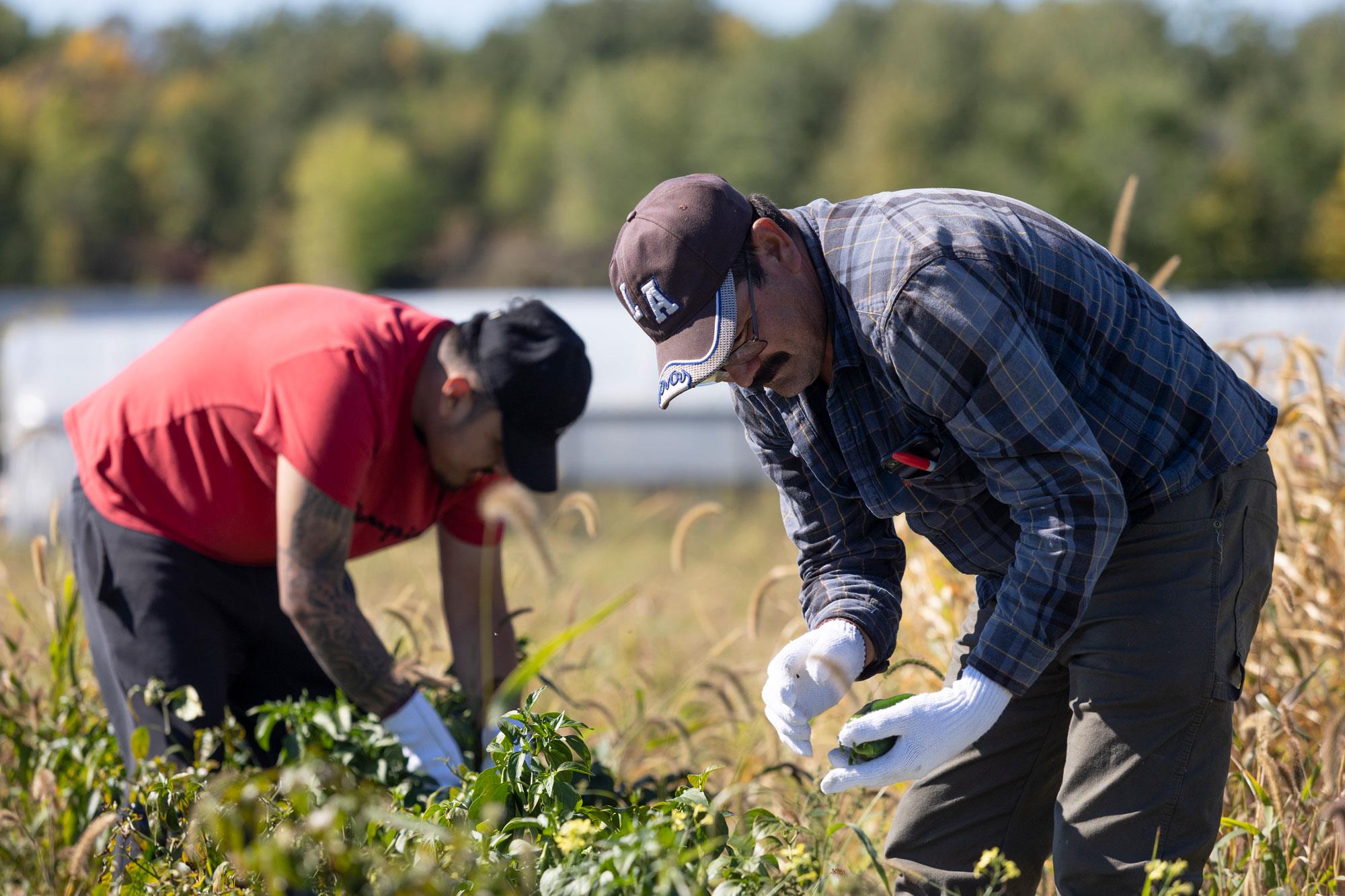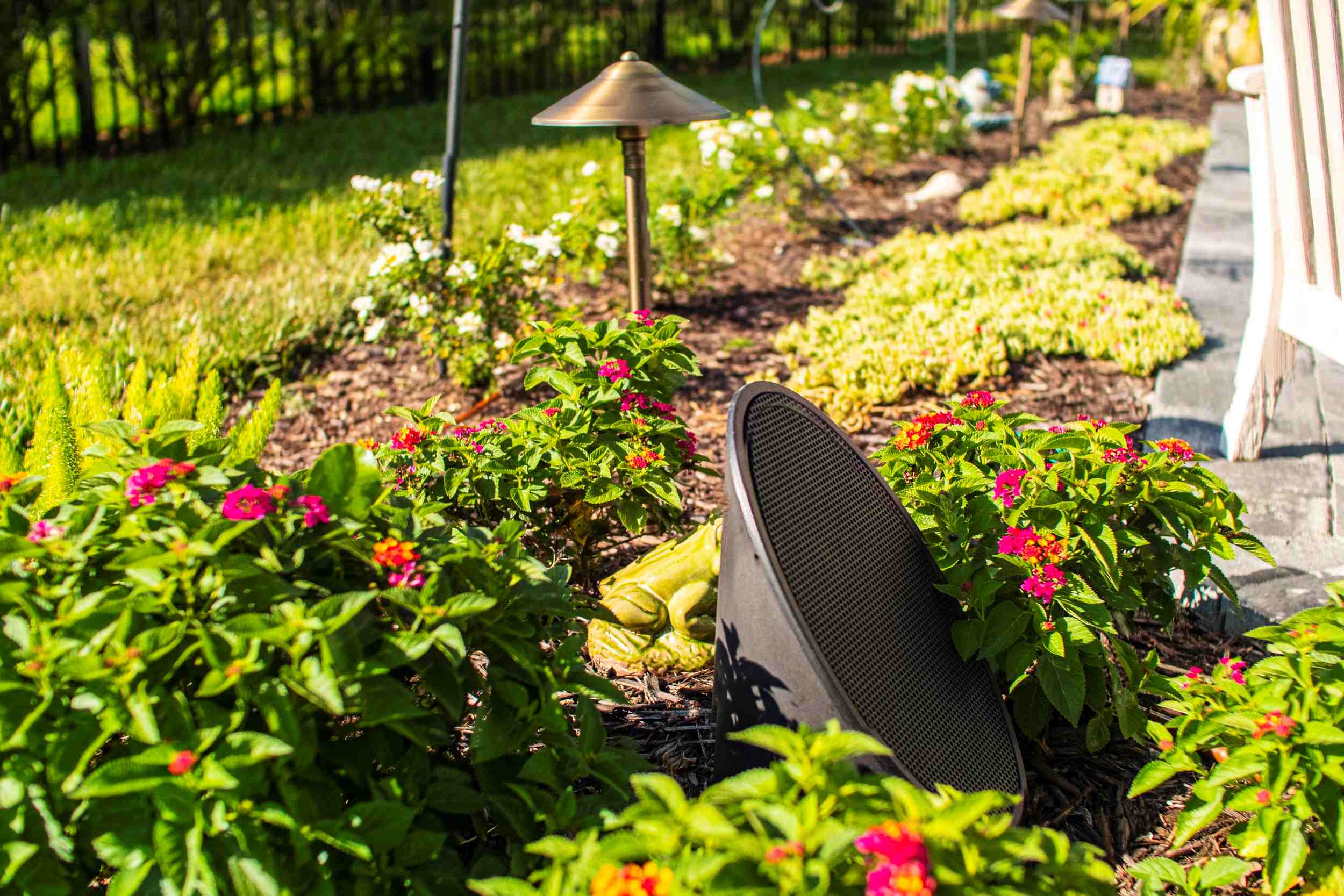Home>Gardening Basics>Understanding Soil>What Planting Zone Is Arizona In


Understanding Soil
What Planting Zone Is Arizona In
Modified: February 9, 2024
Discover the ideal planting zone for Arizona and learn more about understanding soil for successful gardening in the region.
(Many of the links in this article redirect to a specific reviewed product. Your purchase of these products through affiliate links helps to generate commission for Chicagolandgardening.com, at no extra cost. Learn more)
Table of Contents
Introduction
Welcome to the fascinating world of soil! Understanding soil is essential for anyone involved in gardening, farming, or land planning. Soil is the foundation for healthy plant growth, providing nutrients, water, and support. Whether you’re a beginner or a seasoned gardening enthusiast, delving deeper into the intricacies of soil can benefit your plants and help you achieve optimal results.
In this article, we will explore the various aspects of soil and its importance in plant growth. We will delve into different soil types, their characteristics, and how they impact the plants you cultivate. Additionally, we will discuss the role of pH levels, organic matter, and soil fertility in promoting healthy plant development.
Furthermore, we will touch upon the significance of soil testing and analysis in determining the specific needs of your plants and making necessary adjustments to the soil composition. With this knowledge, you will be empowered to create the ideal environment for your plants to thrive and flourish.
So, join us on this journey as we uncover the secrets hidden beneath the ground and unveil the mysteries of soil. By the end of this article, you will have a solid foundation of knowledge on soil and be equipped with practical tips to enhance your gardening or farming endeavors.
Overview of Planting Zones
Planting zones, also known as hardiness zones, are a classification system used to determine the suitability of specific plants for different geographic regions. This system helps gardeners and farmers select plants that are most likely to thrive in their particular climate and environmental conditions.
The most commonly used planting zone map is the USDA (United States Department of Agriculture) Plant Hardiness Zone Map. This map divides the United States into 13 zones based on the average annual minimum winter temperature. Each zone is designated by a number and represents a 10-degree Fahrenheit difference in average minimum temperatures.
Planting zones provide valuable information about the specific environmental conditions of a region, such as the average temperature range, frost dates, and climate patterns. This information can guide plant selection and help determine the proper timing for planting, transplanting, and harvesting crops.
Understanding your planting zone is crucial as it helps you choose plants that have a higher chance of surviving and thriving in your specific climate. By selecting plants suitable for your zone, you can avoid the disappointment and frustration of growing plants that are not adapted to your region’s conditions.
Planting zones should not be the sole factor in plant selection, however. Other factors such as soil type, moisture levels, sun exposure, and wind patterns should also be taken into account when choosing plants for your garden or farm. Nonetheless, planting zones provide a useful starting point and can significantly increase your chances of success.
It’s important to note that while the USDA Plant Hardiness Zone Map is widely used in the United States, other countries may have their own planting zone systems tailored to their specific climates and conditions. Be sure to consult the appropriate planting zone map for your location.
In the following sections, we will focus specifically on Arizona’s planting zones, exploring the unique factors that shape the state’s climate and the plants that thrive within each zone.
USDA Plant Hardiness Zones
The USDA Plant Hardiness Zone Map serves as a valuable tool for gardeners and farmers across the United States. Developed by the United States Department of Agriculture, this map divides the country into 13 distinct zones based on average minimum winter temperatures. Each zone is labeled with a number, representing a 10-degree Fahrenheit difference from the adjacent zones. This zone system provides essential information for selecting plants that are best suited to specific climates.
The USDA Plant Hardiness Zone Map takes into account the historical climate data, including average minimum temperatures, to determine the appropriate zone for a particular region. This data helps gardeners gauge the likelihood of particular plants surviving the winter and other climatic conditions in their area.
It is important to note that the USDA zones only consider the average minimum temperatures and not other factors such as moisture, humidity, or extreme weather events. Therefore, it is vital to consider additional factors when selecting plants for your garden or farm, as they can significantly impact plant health and growth.
The USDA Plant Hardiness Zone Map is regularly updated to reflect changes in climate patterns. The most recent version, released in 2012, is based on a 30-year average of temperature data from 1976 to 2005. This map provides a starting point for gardeners to understand the general climate of their region and make informed decisions about plant selection.
Gardeners can use the USDA Plant Hardiness Zone Map by referring to the zone recommendations provided on plant tags, nursery catalogs, or online resources. The zone numbers help determine if a plant is likely to survive and thrive in a specific location. However, it is important to remember that these recommendations are not foolproof and should be taken as general guidelines.
While the USDA zones provide valuable information, it is essential to consider microclimates within your region. Factors such as elevation, wind exposure, and proximity to large bodies of water can create variations in temperature and other climatic conditions. These microclimates can affect plant growth and may differ from the overall zone classification for a particular area.
By understanding the USDA Plant Hardiness Zones and considering other environmental factors, gardeners and farmers can make informed decisions when choosing plants for their specific climate. This knowledge improves the chances of success and helps create thriving gardens and productive farms.
Arizona’s Planting Zones
Arizona, located in the southwestern region of the United States, is known for its unique and diverse climate. The state experiences a wide range of temperatures, varying elevations, and distinct microclimates, which contribute to its diverse planting zones.
Arizona is commonly divided into three main planting zones: the low desert, the high desert, and the mountain regions. Each zone has its own characteristics and challenges when it comes to gardening and farming.
The Low Desert Zone, encompassing areas such as Phoenix and Tucson, experiences hot summers and mild winters. It is characterized by very low annual rainfall and extremely high temperatures during the summer months. In this zone, the growing season extends from fall through spring, as summers can be too harsh for most plants. Cacti, succulents, and other heat-tolerant plants thrive in this zone.
The High Desert Zone, which includes areas like Prescott and Flagstaff, has a cooler and more moderate climate. Winters can be cold, with occasional snowfall, while summers are generally warm. This zone experiences greater temperature fluctuations and receives slightly higher annual rainfall compared to the low desert. Plants such as sage, lavender, and juniper are well-suited to this zone.
The Mountain Regions of Arizona, including areas like Alpine and Mount Lemmon, have higher elevations, cooler temperatures, and more precipitation. Winters are cold, often with heavy snowfall, while summers are mild and pleasant. This zone offers a longer growing season, allowing for a wider range of crops and plants, including fruits, vegetables, and ornamental trees.
Within each planting zone in Arizona, it is important to consider microclimates. Factors such as elevation, slope, and proximity to water sources can create variations in temperature and moisture levels, even within a small area. These microclimates can significantly impact plant growth and survival.
When selecting plants for Arizona’s planting zones, it is crucial to choose those that are adapted to the specific climate and conditions of each zone. Native plants, xeriscaping (low-water landscaping), and drought-tolerant varieties are popular choices for Arizona gardeners and farmers. Proper irrigation techniques and soil management are also essential for successful plant growth in the challenging conditions of the state.
By understanding the distinct planting zones in Arizona and the unique characteristics of each, gardeners and farmers can make informed decisions about plant selection and cultivation practices. This knowledge helps ensure the successful growth and maintenance of beautiful gardens and productive farms throughout the state.
Factors Affecting Arizona’s Planting Zones
Several factors contribute to the unique planting zones found in Arizona. The state’s diverse geography, extreme climatic conditions, and varying elevations all play a role in shaping the specific planting zones across different regions of the state.
1. Elevation: Arizona’s varying elevations have a significant impact on planting zones. Higher elevations, such as in the mountainous regions, experience cooler temperatures and receive more precipitation, creating a distinct planting zone suitable for a wider range of plants. Conversely, lower elevations in the desert zones have hotter temperatures and minimal rainfall, resulting in a different set of plant species that are drought-tolerant and heat-resistant.
2. Desert Climate: Arizona is known for its arid desert climate, particularly in the low desert regions. Hot summers with temperatures exceeding 100°F (38°C) and mild winters characterize these areas. The lack of precipitation and high evaporation rates make water availability a crucial factor in plant survival. Native desert plants, succulents, and cacti have adapted to thrive in these extreme conditions.
3. Water Availability: Water availability is a critical factor affecting Arizona’s planting zones. The state relies heavily on irrigation systems and water conservation practices to support agriculture and landscaping. The low desert and high desert regions have limited access to water, necessitating the use of drought-tolerant plants and efficient irrigation methods. In contrast, higher elevations and mountainous regions tend to receive more precipitation, allowing for a greater variety of plant choices.
4. Soil Composition: Arizona’s soil composition varies across the state, influencing plant growth and suitability for different species. In the low desert areas, soils are often sandy or clayey with low organic matter content. These soils can lack proper drainage and nutrient retention capability. High desert and mountain regions may have different types of soil, including volcanic or rocky soil, which may require amendments to support plant growth.
5. Microclimates: Microclimates within regions further influence planting zones in Arizona. Factors such as slope, exposure to wind and sunlight, proximity to bodies of water, and urban heat islands can create variations in temperature, moisture, and other environmental conditions. These microclimates result in small pockets of different growing conditions, providing opportunities for a wider range of plant choices within a specific planting zone.
Understanding these factors is crucial for successful gardening and farming in Arizona. By considering elevation, climate, water availability, soil composition, and microclimates, individuals can select appropriate plants, implement suitable irrigation methods, and make necessary soil amendments to create thriving and sustainable landscapes.
Best Plants for Arizona’s Planting Zones
When it comes to choosing the best plants for Arizona’s planting zones, it is important to consider the unique climate, soil conditions, and water availability in each zone. By selecting plants that are well-suited to these factors, you can create thriving and beautiful landscapes.
1. Low Desert Zone:
– Cacti: Various types of cacti, such as saguaro, prickly pear, and barrel cactus, thrive in the hot and dry conditions of the low desert zone. They are drought-tolerant and require little water.
– Agave: Agave plants are known for their distinctive rosette shape and ability to withstand heat and drought. They add architectural interest to the landscape.
2. High Desert Zone:
– Lavender: Lavender is a fragrant perennial plant that thrives in the moderate temperatures of the high desert. It requires well-draining soil and is drought-tolerant once established.
– Russian Sage: Russian sage is a hardy and drought-tolerant perennial with silvery-gray foliage and delicate purple flowers. It adds texture and color to the landscape.
3. Mountain Regions:
– Fruit Trees: Apples, pears, peaches, and cherries can be successfully grown in the cooler temperatures and longer growing season of the mountain regions. Ensure proper irrigation and winter protection as needed.
– Ornamental Grasses: Various ornamental grasses, such as feather reed grass and blue fescue, thrive in the cooler temperatures and add movement and texture to landscapes in the mountains.
Regardless of the planting zone, here are some general tips for successful gardening in Arizona:
– Choose native plants: Native plants are adapted to the local climate and require less water and maintenance.
– Practice xeriscaping: Xeriscaping involves using low-water landscaping techniques, such as mulching, drip irrigation, and grouping plants with similar water needs.
– Amend the soil: Depending on the specific soil composition in your area, amending the soil with organic matter can improve its fertility and water-holding capacity.
– Provide shade and wind protection: Arizona’s intense sunlight and strong winds can stress plants. Provide shade structures and create windbreaks to protect delicate plants.
– Mulch: Mulching helps conserve moisture, suppress weeds, and regulate soil temperature. Use organic mulch, such as wood chips or straw, around plants.
Remember to always research and consult with local nurseries or extension services for specific plant recommendations based on your exact location and planting zone. With the right plant selection and proper care, you can enjoy a thriving and beautiful garden in Arizona’s unique planting zones.
Conclusion
Understanding soil is a fundamental aspect of successful gardening and farming. With a deep knowledge of soil types, pH levels, and fertility, you can create an optimal environment for plants to thrive. By incorporating organic matter, practicing proper irrigation, and conducting regular soil testing, you can ensure the health and vitality of your crops or garden.
Planting zones play a crucial role in determining which plants will flourish in a given region. The USDA Plant Hardiness Zone Map provides a valuable starting point for selecting plants that are adapted to specific climate conditions. In Arizona, the diverse planting zones, influenced by factors such as elevation, desert climate, water availability, soil composition, and microclimates, require careful consideration when choosing plants.
By selecting appropriate plants for each planting zone, such as cacti and agave for the low desert zone, lavender and Russian sage for the high desert zone, and fruit trees and ornamental grasses for mountain regions, you can create beautiful landscapes that thrive in Arizona’s unique climate.
It is important to remember that successful gardening and farming in Arizona also requires understanding and implementing sustainable practices. Taking into account water conservation methods, native plant selection, soil amendments, and proper irrigation techniques can help create resilient and environmentally friendly landscapes.
In conclusion, a deep understanding of soil and planting zones is essential for anyone engaged in gardening, farming, or land planning. By incorporating this knowledge, combined with sustainable practices and thoughtful plant selection, you can create thriving and resilient gardens and farms that adapt and thrive in Arizona’s diverse planting zones. So, roll up your sleeves, get your hands in the soil, and enjoy the rewarding experience of cultivating and nurturing plants in harmony with the unique environment of Arizona.

